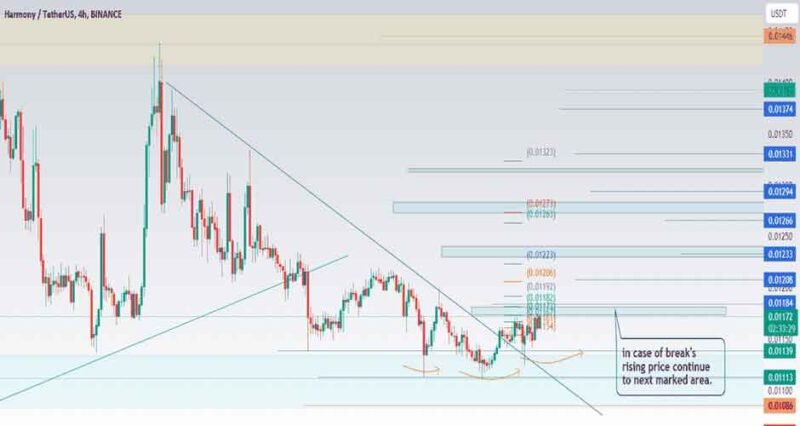
Not everyone who enters the world of proprietary trading will find it suitable to their investing style. Some people believe that day traders and investors relying only on technical analysis are the most likely to thrive with prop trading, but this is not the case.
Prop trading firms have no problems funding investors who mostly define their market positions based on fundamental analysis; what is important is how their portfolios perform. Traders who follow harmonic patterns, particularly in forex trading, can also make prop trading their profitable niche.
Understanding Harmonious Trading
Pattern recognition is at the heart of technical analysis, which in itself is a method of analyzing historical market data that may indicate future price movements. Many of the individual investors who join a prop firm are skilled technical analysts who use various tools to comb through historical metrics such as charts, indicators, oscillators, and many others that have been developed since Japanese rice traders in the 1700s began recording market statistics plotted on candlestick charts. The availability of these tools at their most sophisticated levels is an important reason many traders work with proprietary trading companies.
In many cases, the technical analysis tools commonly used by day traders who work with retail brokers do not offer the deep insight you can find at proprietary trading firms. Whereas a retail broker may offer access to Nasdaq Level 1 data, a prop firm will offer Level 1 and Level 2 data access combined into the Nasdaq TotalView package, which allows you to tap into more detailed information such as the depth of book data, which displays the number of shares available to buy and sell at each price level. This is the kind of deeper information that prop traders can access to increase the quantity and quality of data pattern detection.
Harmonious trading refers to structuring market positions according to four established patterns: Bat, butterfly, crab, and Gartley. These harmonic patterns are based on the Fibonacci numbers and the geometric shapes they create when analyzing financial trading instruments’ price history.
Although harmonic patterns can be applied to just about any kind of trading, they are more suitable with forex and cryptocurrencies because these instruments are traded in pairs. The same can be said about trading Wall Street benchmark indices such as the Dow Jones Industrial Average and the S&P 500.
Trading Harmonic Patterns
The foundation of harmonic patterns calls on the idea that market prices tend to retrace Fibonacci ratios after large movements. Let’s look at the most commonly used Gartley pattern, which emerged from market data research conducted by Wall Street analysts in the wake of the Black Tuesday market crash on October 29, 1929.
The shape of this pattern is comprised of five waves often used to signal a reversal from a bullish trend to a bearish one. The trading logic would be to profit during the period before the bearish trend fully takes hold. It is worth repeating that harmonic patterns such as the Gartley only make sense after a major price movement event and only if certain trading volumes are achieved.
The butterfly pattern uses four waves to signal a reversal from a bearish trend to a short bullish rally. Finally, the bat is another harmonic pattern that suggests a potential Fibonacci retracing from a bullish to a bearish trend; it can be riskier than the Gartley pattern during periods of heavy trading volumes.
Harmonic Patterns at Prop Trading Firms
Not all prop trading companies will allow you to get into harmonic patterns right off the bat. Depending on how your firm is structured and how it manages its market-making guidelines, you may need to pitch a trading idea that outlines your position, and this is when you prove that you fully understand the pattern you are trading.
In the end, getting some harmonious trading done at your prop firm is something you may need to get approved, and you should always keep an eye on the crab pattern to get an idea of how long harmonic trends will continue.


